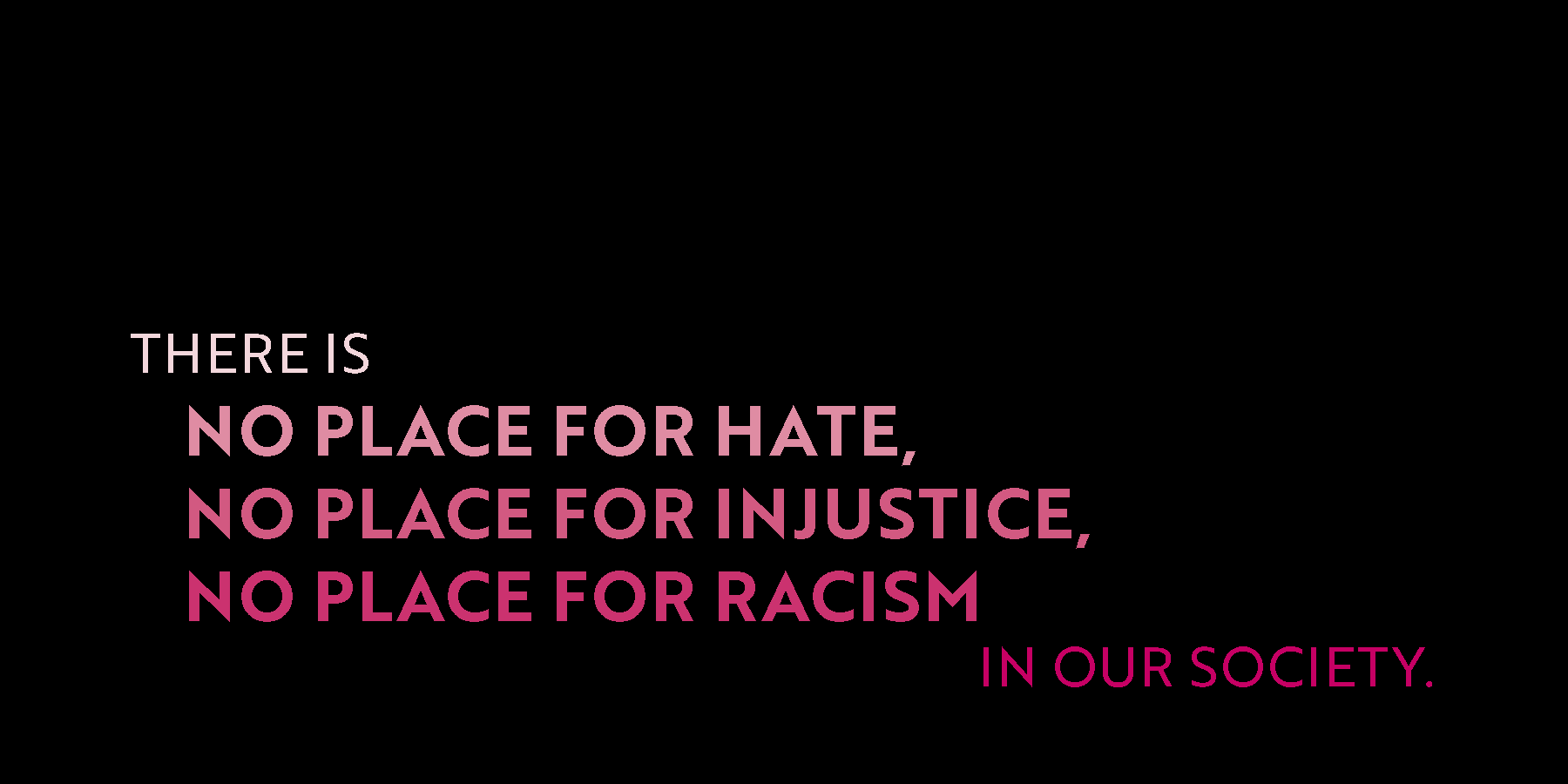No Place for Hate, Injustice, and Racism.
Micène Fontaine, June 17, 2020
June. Juneteenth is in two days, yet, just like you, I have witnessed civil unrest spread globally. Like many, I have been yearning for something other than performance or hashtag activism. I have been wondering how to meaningfully help. I just voted for the first time as a US Citizen in the Georgia primary:
- What else can I do?
- What's my role in this?
- As a white male, at a time when statements are pouring in from every organization, should I be quiet and #passthemic to those whose voices have been unheard for far too long?
- If I shared my thoughts, would it be perceived as shallow virtue signaling?
- And finally, am I racist?
As a gay male and an immigrant whose husband is Black, surely I am not racist, right? How could I be? Not so fast. During a conversation with my younger sister, it occurred to me that racism is so deeply entrenched that it even reared its ugly head into French pastry shops in the form of a pastry called a n-word's head. Yes, you read that right. The pastry has recently been "officially" renamed, but the recipe is widely available under its former name. The point is this: For years, growing up in France, I have ordered this pastry not thinking twice about it, at least not until I was in a French pastry shop with my American husband who pointed at every dessert wanting to know their name and what they were.
Let me be clear:
- We, as white people, have much more to do than renaming pastries. We need to start having difficult conversations about our role every step of the way: From microaggressions to implicit, complicit, and explicit racism. It can begin by speaking up when a family member speaks their mind, and everyone lets it go because "they do not mean it that way." We need to educate ourselves, seek out and listen to other voices, and each decide what we will start doing (and stop doing).
- If you happen to be in the minority of non-white design professionals reading this, I want to apologize in advance because I am sure I will stumble on my journey. I already have - many times - and while it's uncomfortable, it's part of my learning and a small price to pay.
On this note, I will turn it over to the work of people who have thoroughly thought through these issues. In their work and in their voices we will find the answers to some of the questions we ask ourselves.
Here are resources I have come across both recently and over the years. It's meant to amplify the work of those who have helped shape my thinking. I hope you find it helpful as you continue your own learning and I would love to hear your thoughts.
About diversity and equity in the architecture & design industry:
- Curbed's collection of articles On Race and Architecture is a good primer.
- Read Architect and President of NOMA Kimberly Dowdell’s article: Racism is built into U.S. cities. Here’s how architects can fight back
- Read Architect and Educator Sekou Cooke’s opinion piece Blackout on the role of the profession in confronting historically entrenched racism.
- Listen to the findings of the 2018 Equity in Architecture Survey conducted by EQxD
- Take a closer look at the AIA's Diversity Report and IIDA's Design & Diversity report.
- I came across Antionette Caroll's work back in 2017 when I attended the Black in Design conference. Watch Antionette Carroll's Designing for a More Equitable World TED Talk, and learn more about her approach as the Founder/CEO of Creative Reaction Lab.
- Get familiar with Michael Ford's work. It is all about introducing underrepresented youth to architecture, urban planning, and design with Hip Hop Architecture Camp. Listen to his interview on NPR's Here & Now and recent call for architects and design to speak up.
- Include diversity in your renderings using assets from libraries such as BLK IMG (Black people), Kaleidoscope (BIPOC, non-binary, body positive people) and Nonscandinavia (non-white people), all of which are included in the Anti-racism Design Resources.
- Of course, hire, promote, and support the work of Black designers, architects, artists, etc. Here is a resource list that can help you as an anti-racist ally.
About race relations at large:
- If you think you are not biased, watch Are you Biased? (100 Humans, episode 4) on Netflix or partake in Harvard's Project Implicit.
- If you are just getting started and need a brief primer and answer to basic questions, Emmanuel Acho's Uncomfortable Conversations with a Black Man should help set the stage.
- Read (or listen to the audio version of):
- How to Be Black by Baratunde Thurston or listen to his interview on NPR.
- How to Be an Antiracist by Ibram X. Kendi or listen to his TED Talk.
- So You Want to Talk about Race by Ijeoma Oluo or listen to her talk at Google.
- White Fragility: Why It's So Hard for White People to Talk about Racism by Robin Diangelo or listen to her interview on NPR. Yes, I know she is a white author (the responsibility does not solely fall on people of color to educate white people about racism) and, yes, her book has received some push back as most thoughts do once shared.
- For more resources, explore the National Museum of African American History and Culture “Talking About Race” web portal (It’s a wonderful museum, consider visiting when it reopens).
At DAS, hopefully, this much is clear by now, we believe there is no place for hate, injustice, and racism in our society and indeed, “there is no neutral”. Over the years, we've been deliberate about taking actions that support this position; yet, there is much more we must do. Until we do, these words are just words. So we are not here casting a stone.

This will take courage and push us outside of our comfort zone; but if Daryl Davis, a Black man, can sit down and talk with KKK members, certainly, we can each do our part in our own way.
As designers, I want to leave you with a quote from Antionette Carroll, whose work I mentioned earlier: "All systems are designed: Harmful systems must be redesigned."
Let's start redesigning - together.




